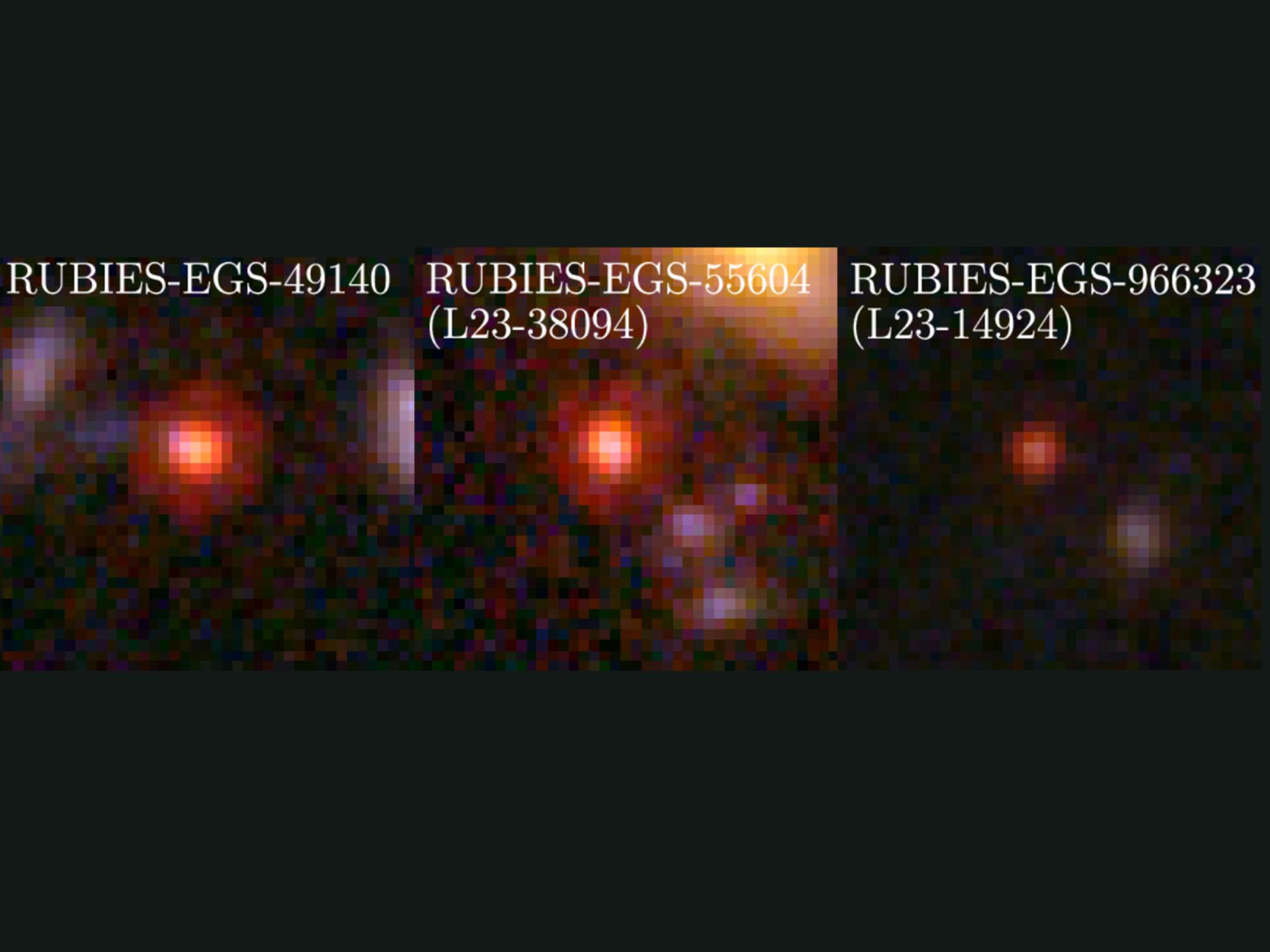Scientists from Pennsylvania State University, using the NIRSpec instrument on the James Webb Space Telescope, have identified three mysterious objects in the early universe, from a period approximately 600–800 million years after the Big Bang.
These are exceptionally bright galaxies that contain hundreds of millions of years old stars, which is very unusual for such a young universe. In these galaxies, they also found enormous supermassive black holes that are 100 to 1000 times more massive than the black hole in our Milky Way.
These findings challenge current models of galaxy growth and the formation of supermassive black holes. Additionally surprising are the small sizes of these systems, which are about 1000 times smaller than our Milky Way but contain a similar number of stars.
This discovery represents one of the most interesting and unusual groups of objects ever observed in space research.
More detailed information about the research can be found in the Pennsylvania State University press release.
The research article with the results published in The Astrophysical Journal Letters can be found at this address.


Pridať nový komentár